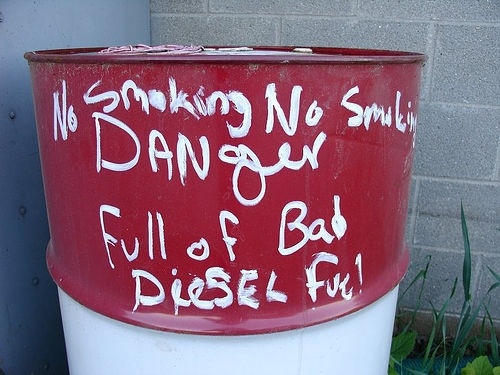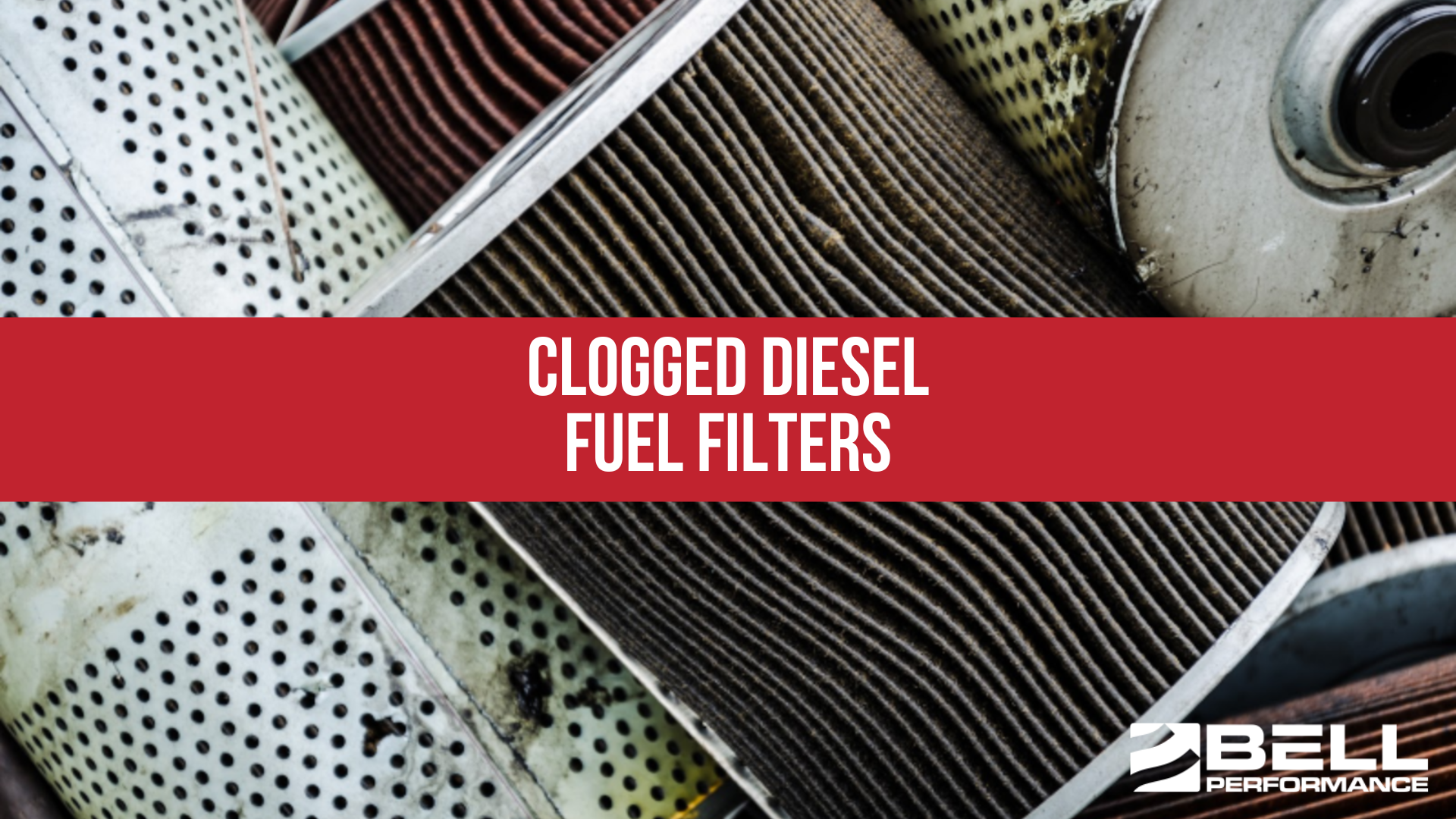Removing Contaminants From Fuel in 2020: Essential Info for Emergency Diesel Storage
Given that today’s fuels have changed markedly over the last decade, the issue of fuel contamination (and what to do about it) is an essential one...

It's a real shame when a storage tank fuel of expensive fuel "degrades" and starts to lose its quality.
Whether it's from oxidation, hydrolysis, or acidic byproducts of microbial contamination, this type of fuel loss costs businesses and users many millions of dollars every year.
The most visible sign that something is wrong is when the fuel changes color. Normal undyed diesel fuel is a beautiful amber-green color. If it's darker than this, that's a sign that the fuel has started to degrade significantly. The heavier components of the fuel blend are no longer dissolved in the fuel but are coming out of the solution and floating freely in the fuel. They have a darker color which turns the overall color of the fuel darker.
Ever seen how dark tar and asphalt are? These substances consist of high molecular weight hydrocarbons. As the molecular weight increases, the compounds become heavier and more complex. This complexity leads to a darker color. In contrast, lighter hydrocarbons like methane (and #1/#2 diesel fuel) are colorless or a much lighter color. Tar and asphalt contain high concentrations of polycyclic aromatic hydrocarbons or PAHs. These are large, multiple-ring aromatic compounds. PAHs absorb light effectively, particularly in the ultraviolet and visible regions of the spectrum, which makes the substances appear black or very dark brown.
In addition to a change in fuel color, you can tell fuel in a storage tank is losing its storage quality if you see changes in the normal amount of water accrued in the storage tank, a greater than normal sediment content of drawn fuel samples, and any slimy or abnormal coatings on surface and tank walls. The latter can be indicative of microbial presence.
Many times, stored fuel users don't even know there's a problem until they notice changes in the performance or behavior of the engines that are using the bad fuel. Excessively clogged filters, black smoke, and lower-than-normal RPMs at full throttle are all signs that the combustion quality of the fuel is not what it should be.
This is somewhat of a trick question because it's pretty much impossible to reverse bad fuel like this. Some "fuel treatments" claim to be able to do this. If you see one of those, we would recommend going in the opposite direction pretty quickly.
Prevention is the critical aspect here - it's much less costly to treat the fuel to protect it than to fix the problems caused by bad fuel left to its own devices in the storage tank. Preventing fuel from degrading commonly entails treating it with stabilizers to preserve its condition, removing free water phases from the tank bottom, and using biocides to kill any microbial contamination early on before it multiplies and causes problems.

Given that today’s fuels have changed markedly over the last decade, the issue of fuel contamination (and what to do about it) is an essential one...
Hospitals, utilities, diesel fleets, emergency management, telecom/data centers, facilities with backup generators - all places that rely on critical...

Clogged diesel fuel filters are one of those canary-in-the-coal-mine problems. Filters don't clog by themselves. On a simple level, if the fuel...